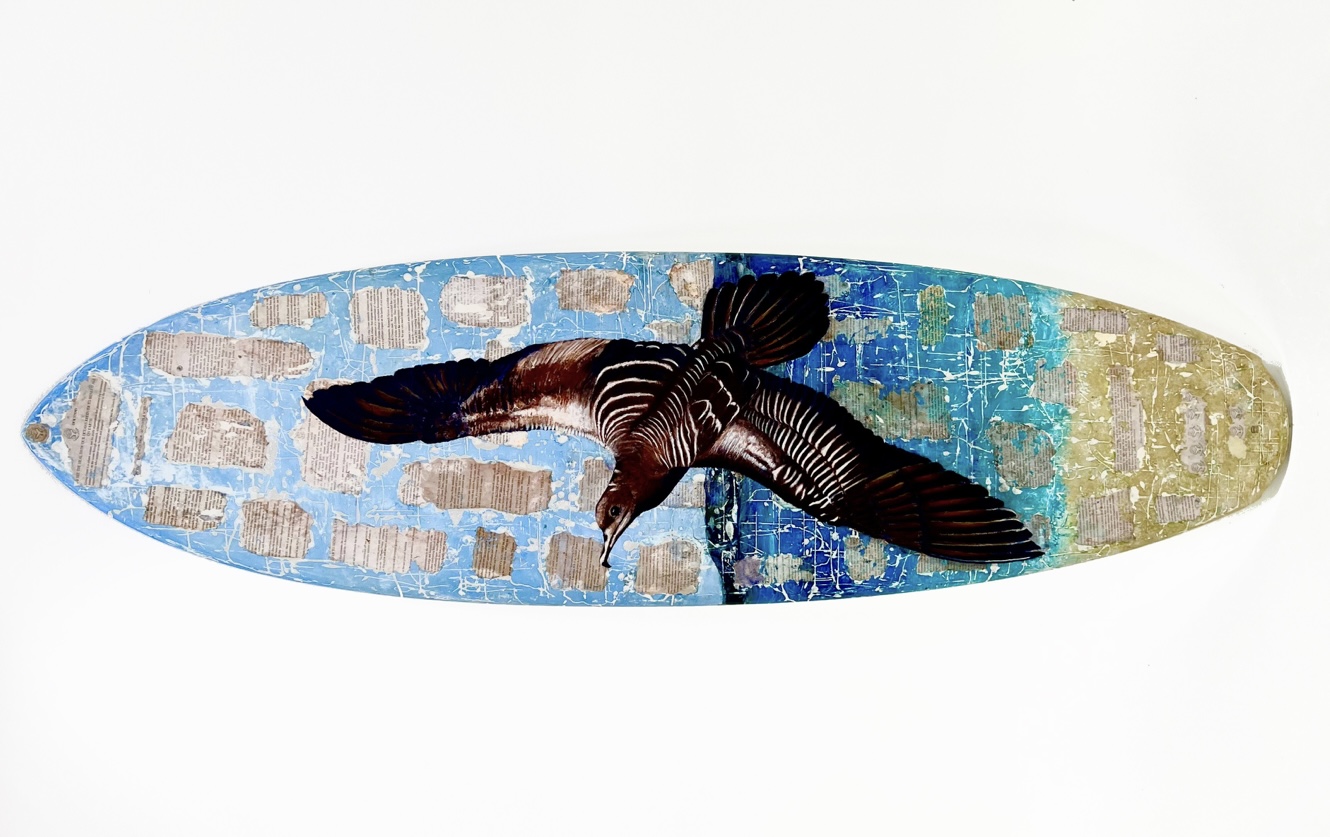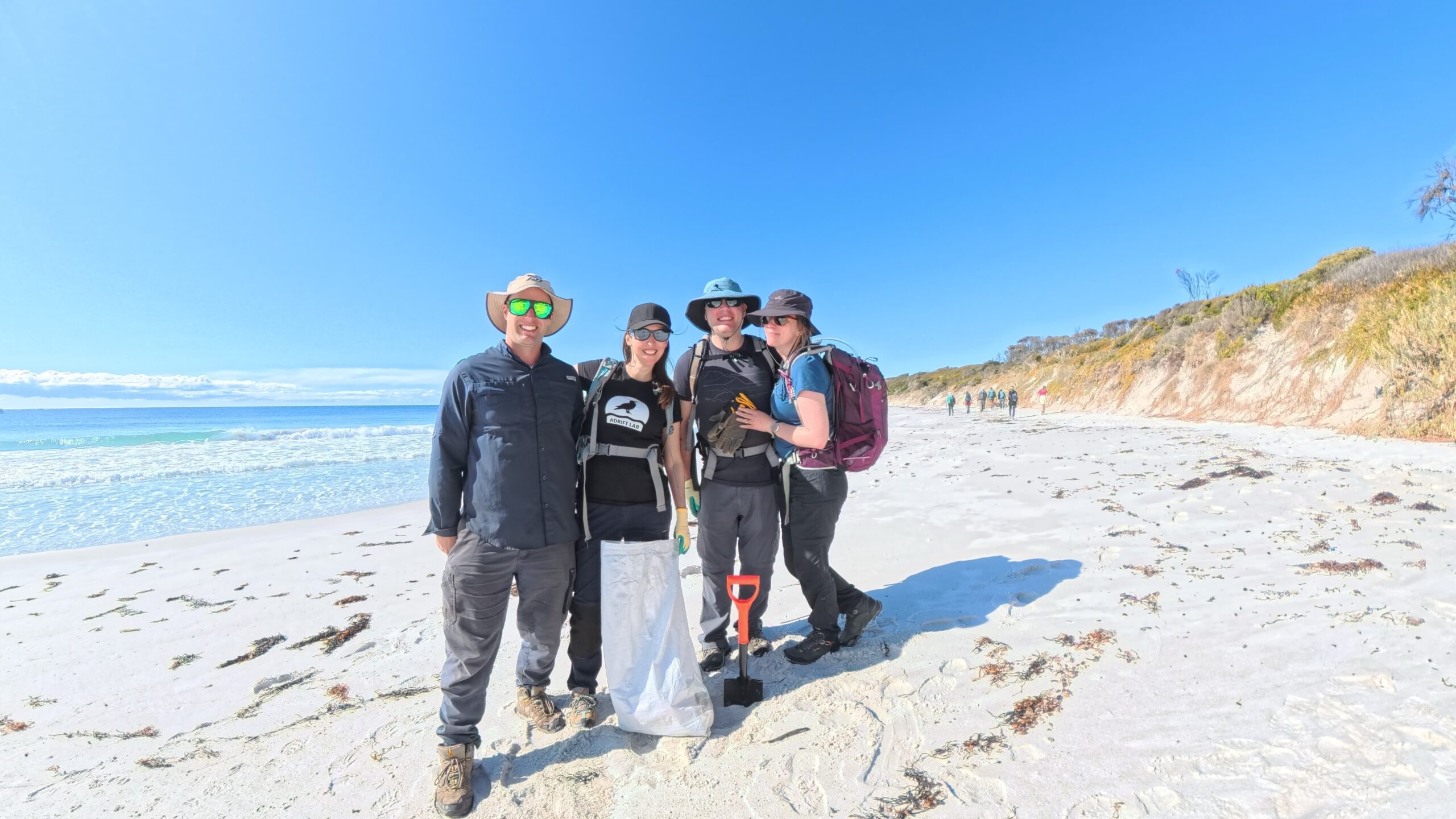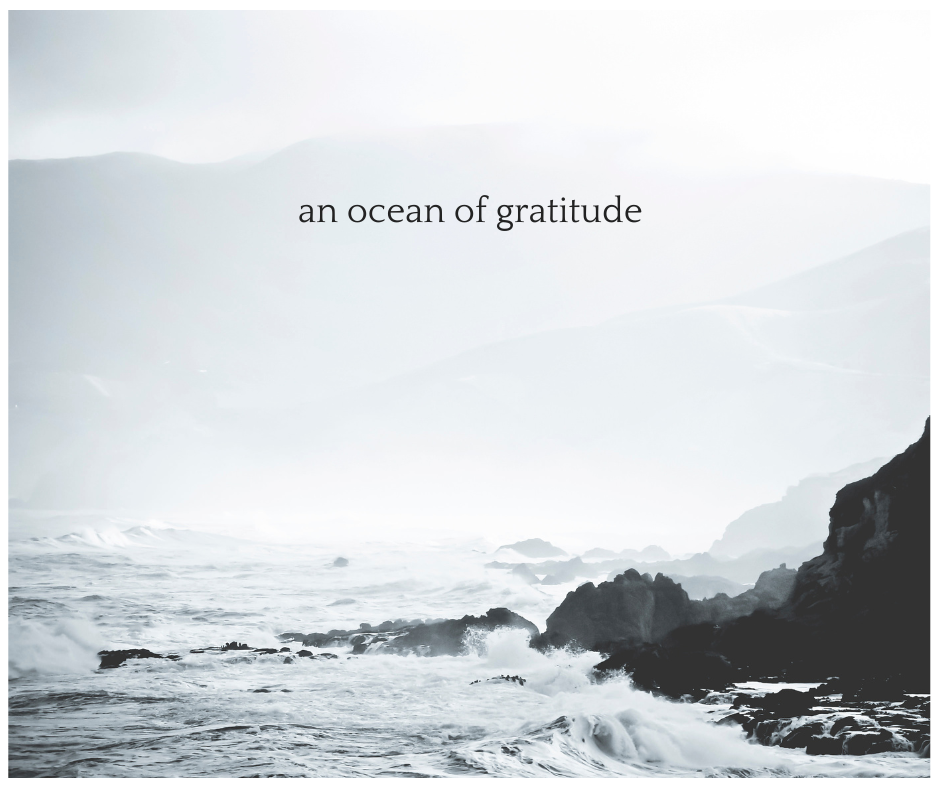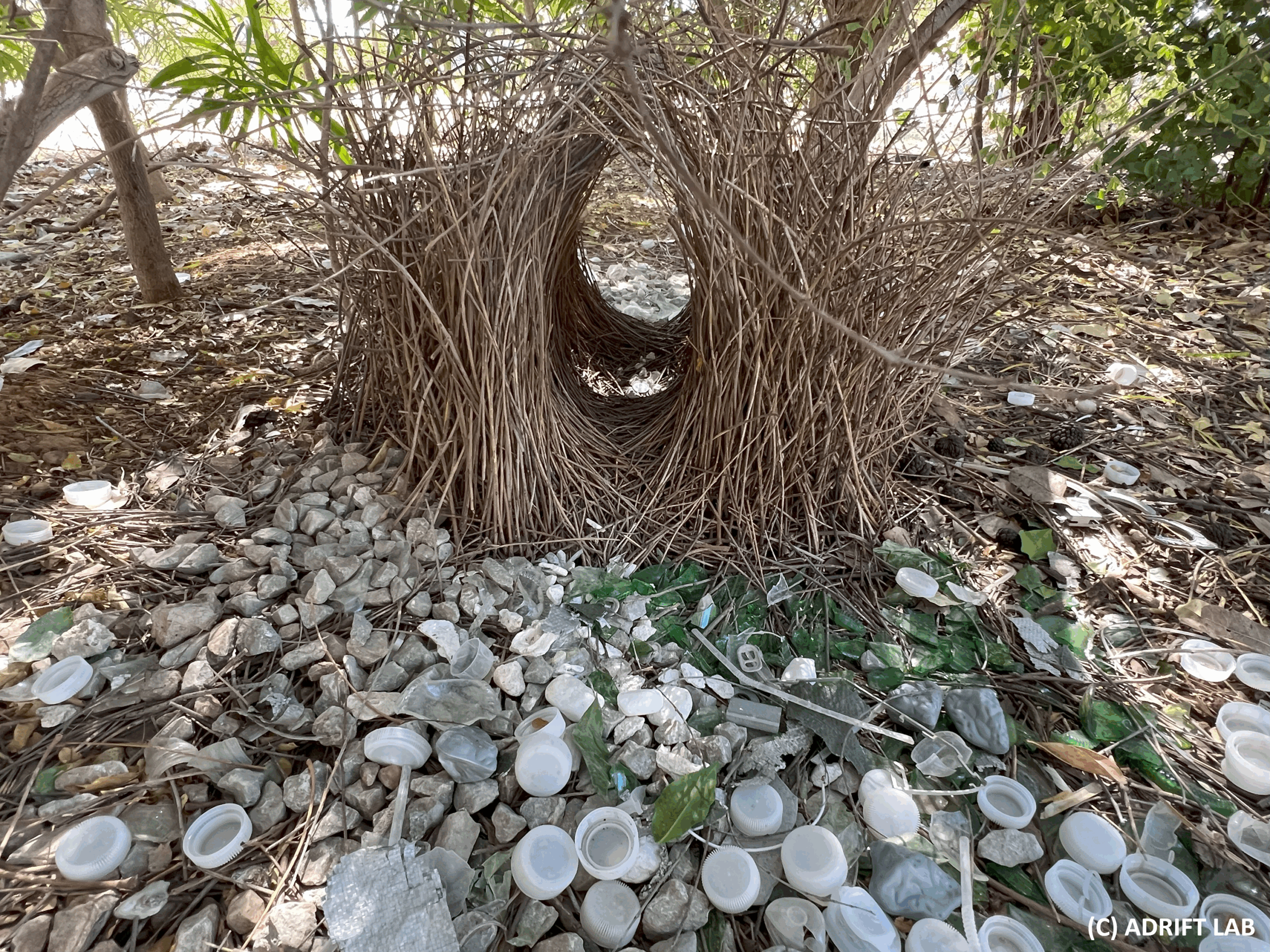Big week, so many new papers!
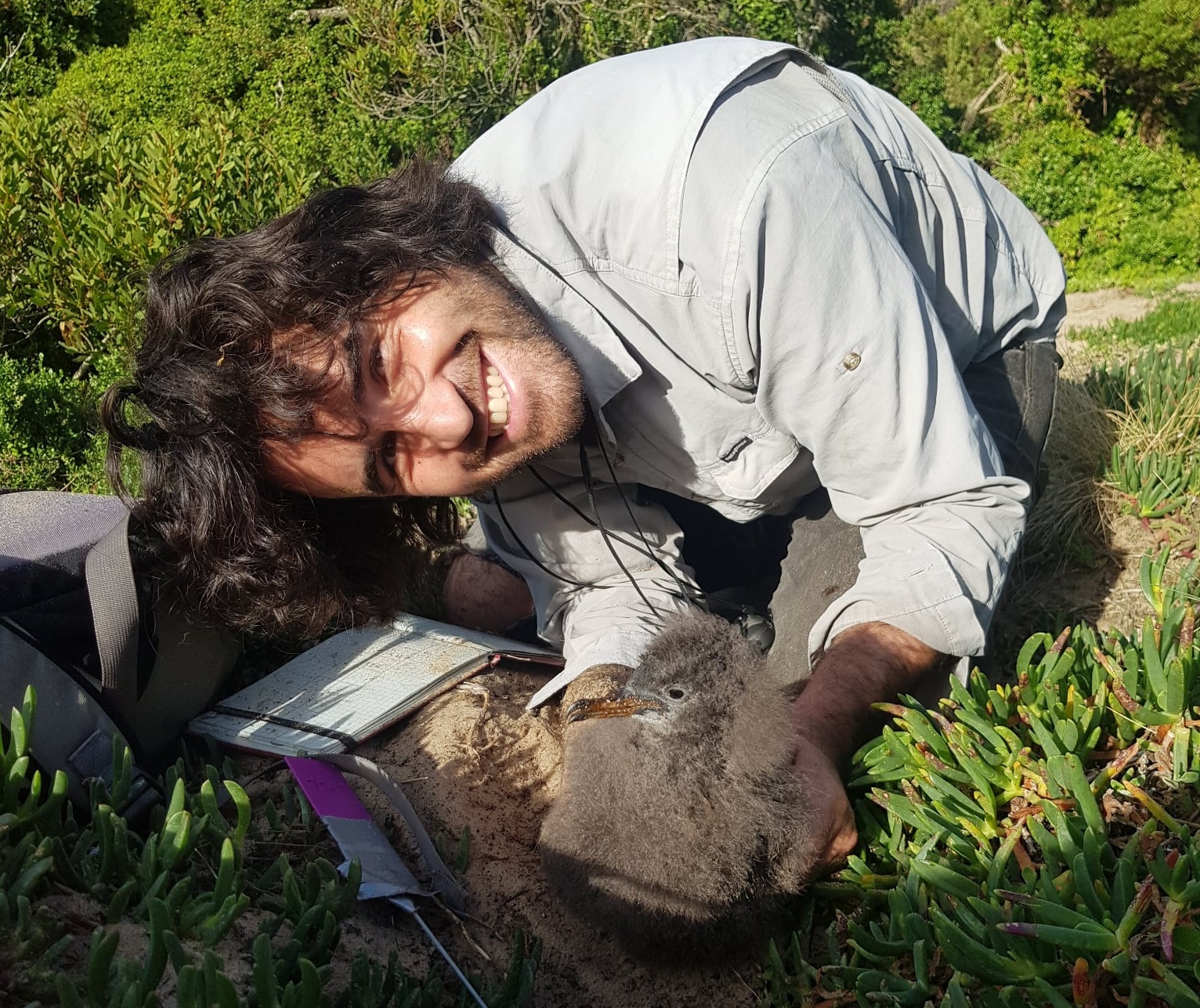
Paper #1: congrats to Adrift Lab alumni, Harrison Talarico, who completed his Honours thesis with us in 2021. Over the past three years we’ve been working to convert Harrison’s thesis into a manuscript. This week it was published = his first, first-author paper! It tackles an important question: How do you detect the moment seabirds return to their breeding colonies, especially when they’re nocturnal (i.e., active at night).
Paper #2: after securing funding for this project in 2015, this project suffered a series of setbacks and we worried it might never get finished. But here we are, a decade later, with results to share! Key findings: mercury (Hg) and PCBs were more abundant in adult shearwaters than fledglings, and exposure to these pollutants significantly reduced thyroid (T3 and T4) hormone levels. Exposure to PCB-118 & 153 are of particular concern, having been linked with reproductive developmental issues in other species.
Paper #3: while on holidays in the Northern Territory, Dr Jenn and Andrew (mostly Jenn) worked with local community members to collect much-needed data on the amount of plastic found in the bowers of Great Bowerbirds. What we found is sad, but fascinating (plastic handcuffs, tiling spacers, old marbles, and balloon bits). Note: Adrift Lab alumni, Hayley, was absolutely essential to the success of this project – we like to keep working with great people!
